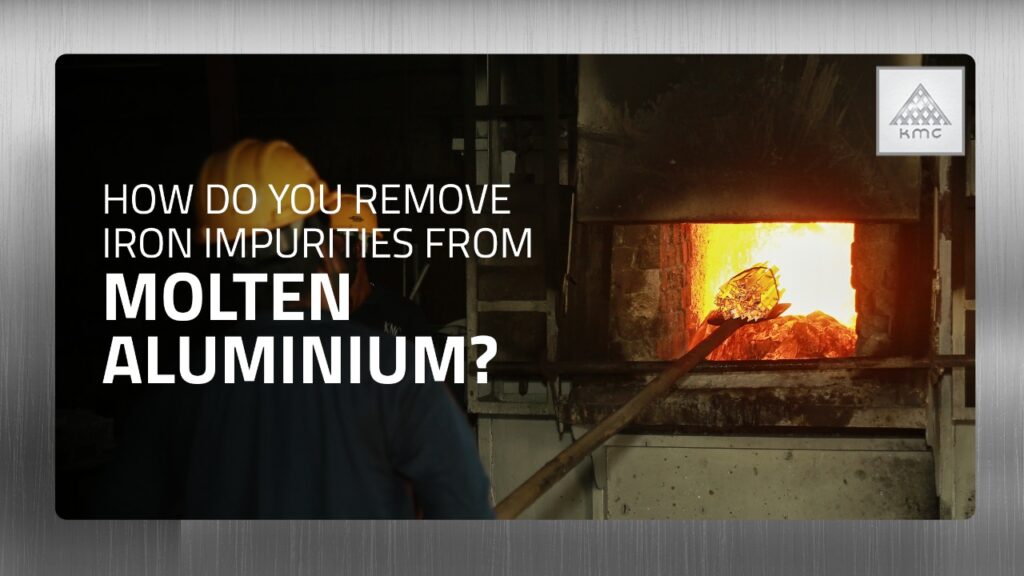How do you Remove Iron Impurities from Molten Aluminium?

The pure aluminium extrusion process involves the mining of bauxite ore, producing alumina or aluminium oxide from the ore and then, extracting the pure metal, and extruding it into specific dies. However, one of the issues that can impact the quality of aluminium extruded is the presence of iron impurities.
For one, it reduces the ductility of extruded aluminium. Iron also forms a eutectic mixture with aluminium, which may not produce the purest form of aluminium that is required. Let’s understand that the mined bauxite ore contains some percentage of iron along with aluminium.
When aluminium is extracted from the molten cryolite, it still contains different metal impurities, including iron. It is essential to maintain the quality of aluminium due to its uses in all manufacturing sectors including automobiles, utensils, etc.
So, how can we remove iron impurities from molten aluminium? There are different refining processes followed at an industrial scale of aluminium extrusion. From electrolysis and the use of flux, each method has its own benefits.
All these depend on the aluminium products manufacturers’ capacity.
- Centrifugal separation
As the name suggests, this method uses centrifugal force to refine molten aluminium from its impurities.
In this method, molten aluminium is rotated at a constant speed to separate the aluminium from other metals including iron. Research has found that this method is efficient.
- Electromagnetic iron remover
In this method, a strong magnetic field is generated in the furnace, which will strong enough to separate iron from the molten aluminium slug.
This is can be used in the first and second stages of molten aluminium to remove any magnetic impurities.
- Three-layer cell electrolysis
This is by far the most effective method of extruding pure aluminium at industrial proportions and uses direct electricity.
This refining method uses a three-layer melt flow electrolytic cell with the middle layer containing the molten aluminium with impurities and a bottom anode layer, which can contain copper to increase the density. The pure aluminium is collected at the top following the electrolysis process.
- Electro-slag refining
In this refining process, the molten slag is used as a heat source as well as the refining medium.
The impure metals generally solidify and are collected at the bottom base plate and what remains is pure aluminium. This happens because of the reaction between the metal and the slag.
- Fluxing refining
Fluxing is one of the traditional methods of removing impurities. However, this process is dependent on various parameters including flux composition to the flux temperature variations.
Fluxing is often used to reduce the oxidization in molten aluminium and to modify the fluidity of the melt. Essentially when heat is applied, the flux breaks down and lowers the breaking point of different metals in a way allowing pure aluminium to sink to the bottom, while the iron impurities move to the top.
Conclusion
Thus, it is essential to monitor and limit iron impurities in the aluminium extrusion process to get pure aluminium.
Most aluminium products manufacturers can choose a refining method to suit their budget, operational set-up, and availability of essential materials in the market.
At KMC Aluminium, we use the purest and the best quality aluminium ingots to manufacture our products.
KMC aluminium is one of the top aluminium extrusion profile manufacturers and can be considered the best aluminium company in Chennai that has a sophisticated aluminium extrusion process and is one of the biggest aluminium profile suppliers to the most prestigious projects across the country. It has also built the reputation of being on the top list of aluminium extrusion companies in India and of the top aluminium extrusion manufacturers in India.


Recent Comments